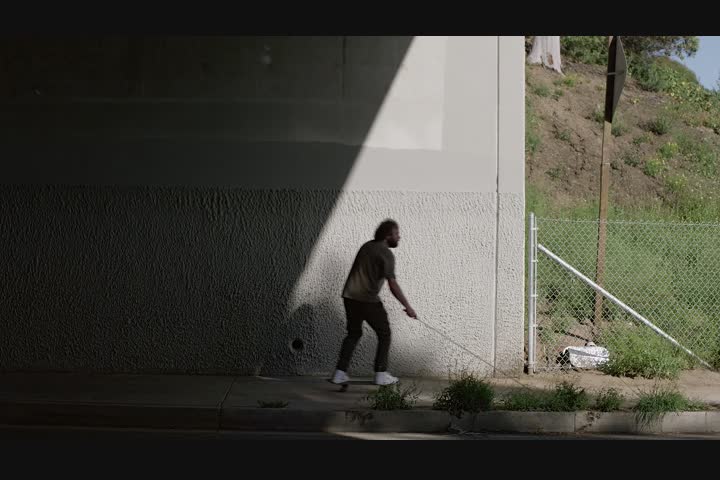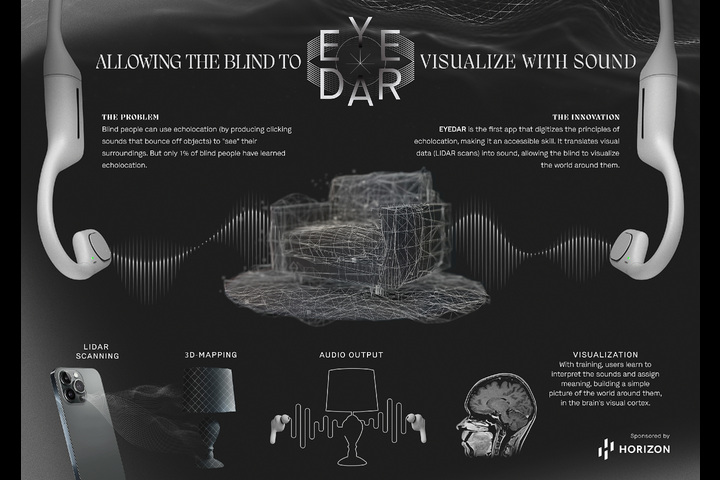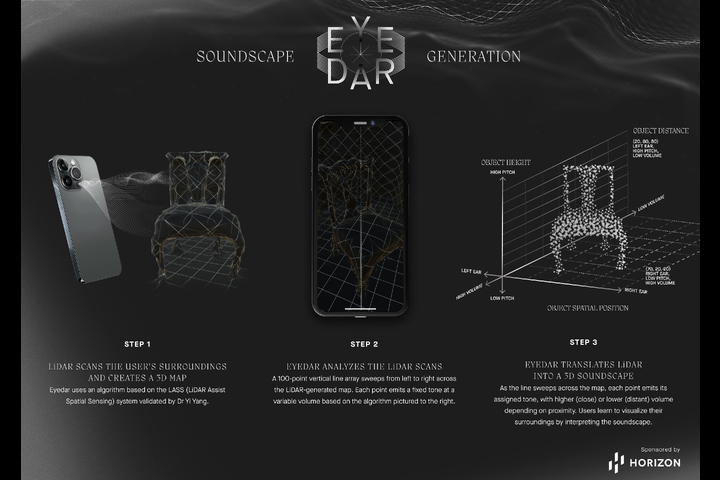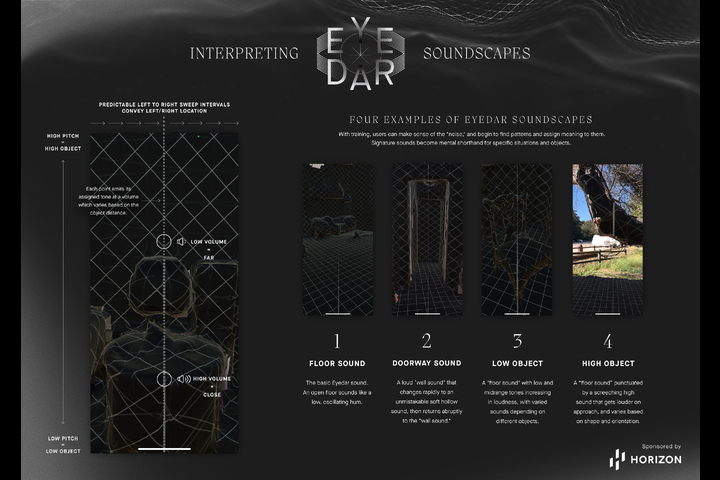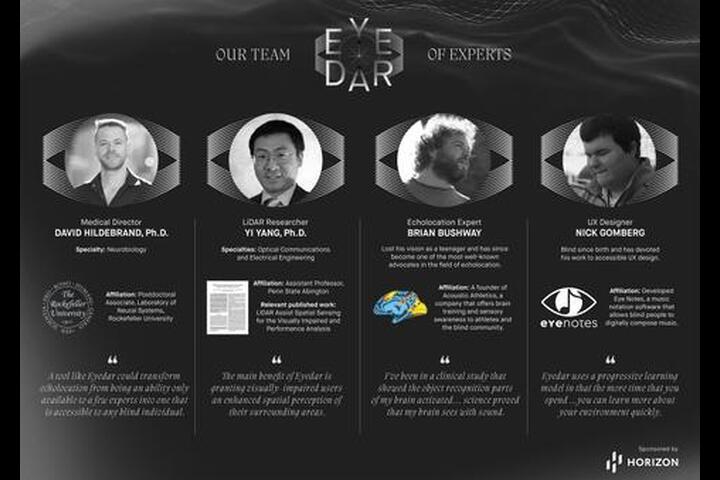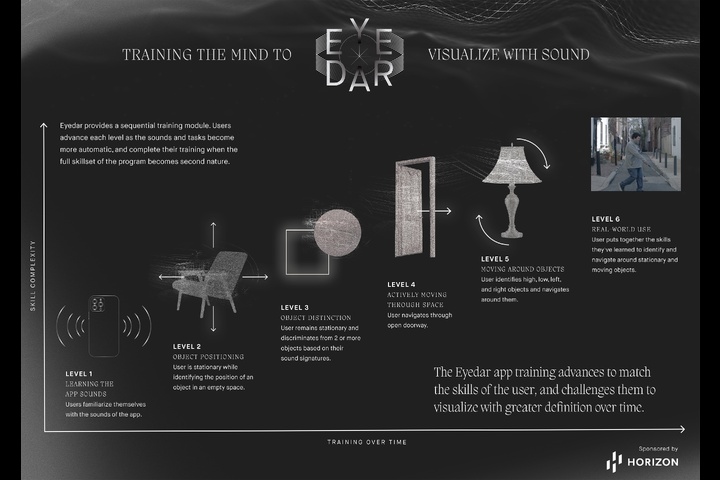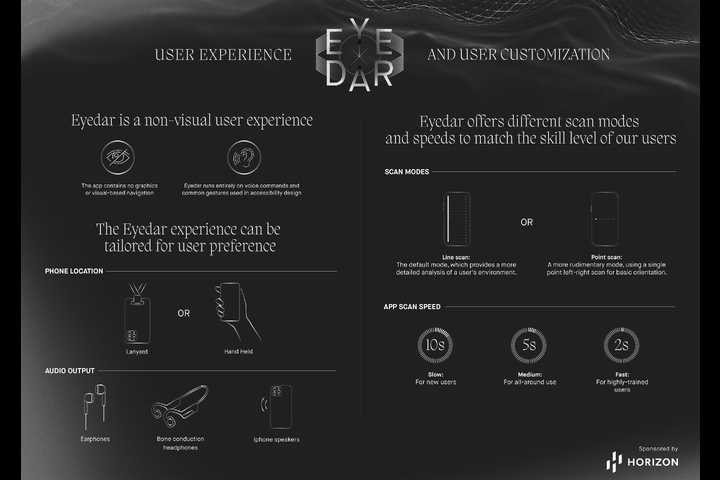London International Awards
2022 Winners and Finalists
Grand LIA
Pharma & Medical
| Entrant: | Area 23, An IPG Health Company, New York |
| Brand: | Eyedar |
| Title: | "Eyedar" |
| Corporate Name of Client: | Horizon Therapeutics |
| Agency: | Area 23, an IPG Health Company, New York |
| Creative Idea and Product Development Companies: | Area 23, An IPG Health Company, New York |
| EVP, Global Creative Partner, FCB: | Danilo Boer |
| Chief Creative Officer: | Tim Hawkey |
| Executive Creative Director: | Jason Graff |
| Group Creative Directors: | David Adler/Eduardo Tavares |
| Creative Directors: | Rosie Mossey/Denise Bankson |
| Associate Creative Directors: | Caitlin Workman/Stefan Hanley/Sam Astigarraga |
| Senior Copywriter: | Jake Moon |
| Group Art Supervisor: | Juan Sebastián Moreno |
| Art Supervisor: | Sydney McElwee |
| EVP, Group Director, Integrated Production, Area 23: | Jen Ma |
| EVP, Director, Experience Design, Area 23: | Franklin Williams |
| SVP, Directors, Technology, Area 23: | Aaron Stack/Bill Hanff |
| VP, Director, Print Production, Area 23: | Frank LaPort |
| Senior UX Architect, Area 23: | Jeff Halpin |
| Agency Director of Integrated Production: | Justine Pujo |
| Associate Director, Experience Design, Area 23: | Lauren Dellaquila |
| Production Manager, Area 23: | Brian Binns |
| Senior Medical Director, Area 23: | Dane Lund |
| Production Companies: | Blind Pig, London/Dalmatian Cow Company, Los Angeles |
| Executive Producers: | Jessica Haselkorn/Anna Lopez |
Description:
Eyedar digitizes the principles of echolocation, making it an accessible and learnable skill. By leveraging the newly available LiDAR 3D technology in iPhones, Eyedar maps a user’s environment and translates it into 3D soundscapes, allowing the blind to visualize their surroundings. Changes in pitch, volume, and spatial sound convey information on the size, shape, distance, and direction of objects.
Eyedar provides sequential training, beginning with basic sound and obstacle recognition and progressively challenging users to visualize more complex soundscapes and navigate with greater confidence. Over time, the process is designed to become second nature and allow users to build a clearer picture of the world around them.
The Technology Eyedar emits a LIDAR signal, creating a 3D-map of the user’s surroundings. A 100-point vertical line array sweeps from left to right across the LIDAR field, and each point is assigned a pitch tone from low to high, bottom to top. As the line sweeps the field, each point emits its assigned tone, with higher (close) or lower (distant) volume depending on proximity to the user. The result is, to the untrained ear, a lot of noise. But with practice and training, the mind becomes accustomed to the noise, patterns begin to emerge, and a clearer mental picture of the world is achievable.
For example, the floor, a chair on the floor, a wall, an open doorway, a tree branch: they each emit their own sound patterns, which the user can learn to recognize and interact with using dynamic sound changes within the app.
Several prior fMRI studies have shown that with visual-audio sensory substitution, and with echolocation specifically, it is the brain’s visual cortex which processes the information, with top-down thinking that “fills in the blanks”. This is thought to explain the phenomenon reported in several prior studies of subjects reporting a “vision-like experience” using these techniques.
The Potential Eyedar has the potential to redefine what it means to be blind. Echolocation has already shown how it can positively impact the lives of those who use it, and the only impediment to widespread adoption is the accessibility of learning the skill. Eyedar removes that.
Eyedar is available for free in the app store and its open-sourced design allows for continued innovation and customization to best benefit the blind community. The app works with LiDAR-compatible phones, including the iPhone 12 and 13 (Pro and Max Pro). As LiDAR and other computer vision technology becomes standard on phones, it will become even more accessible. With about 50 million blind people in the world, Eyedar can reach an unprecedented proportion to make echolocation a learnable and accessible skill.

